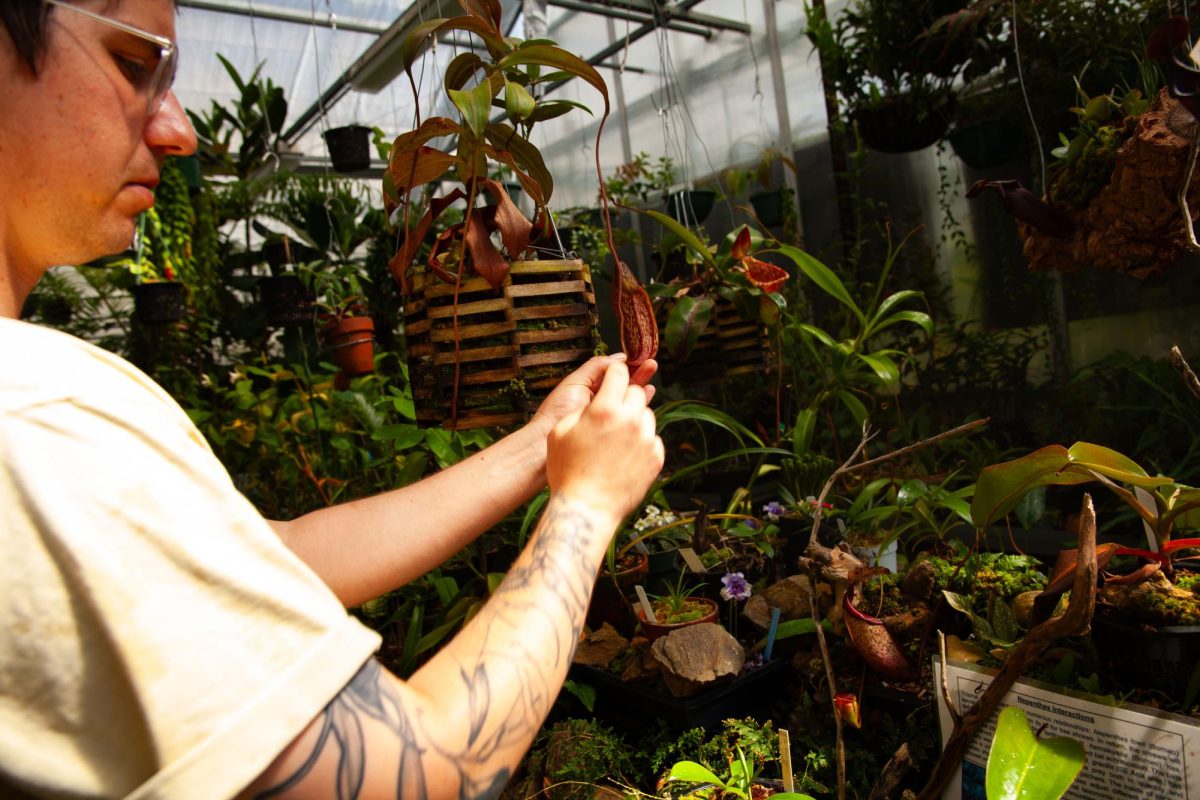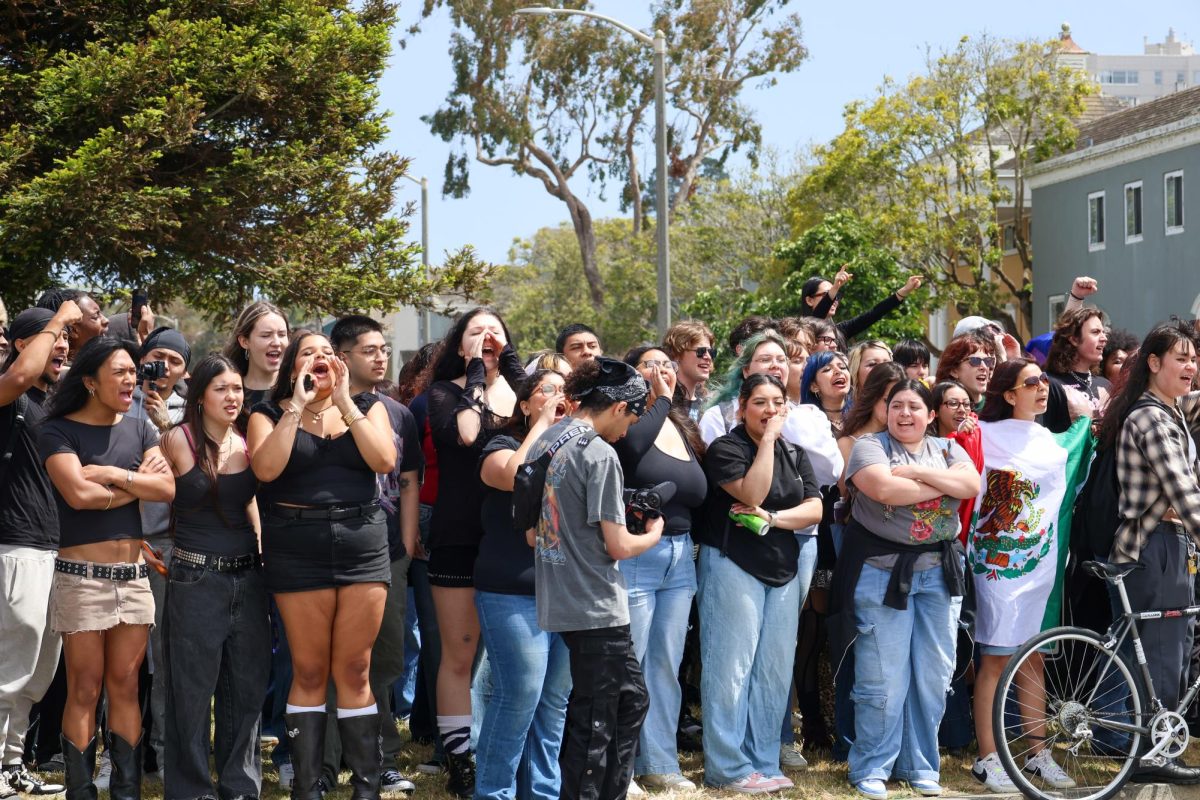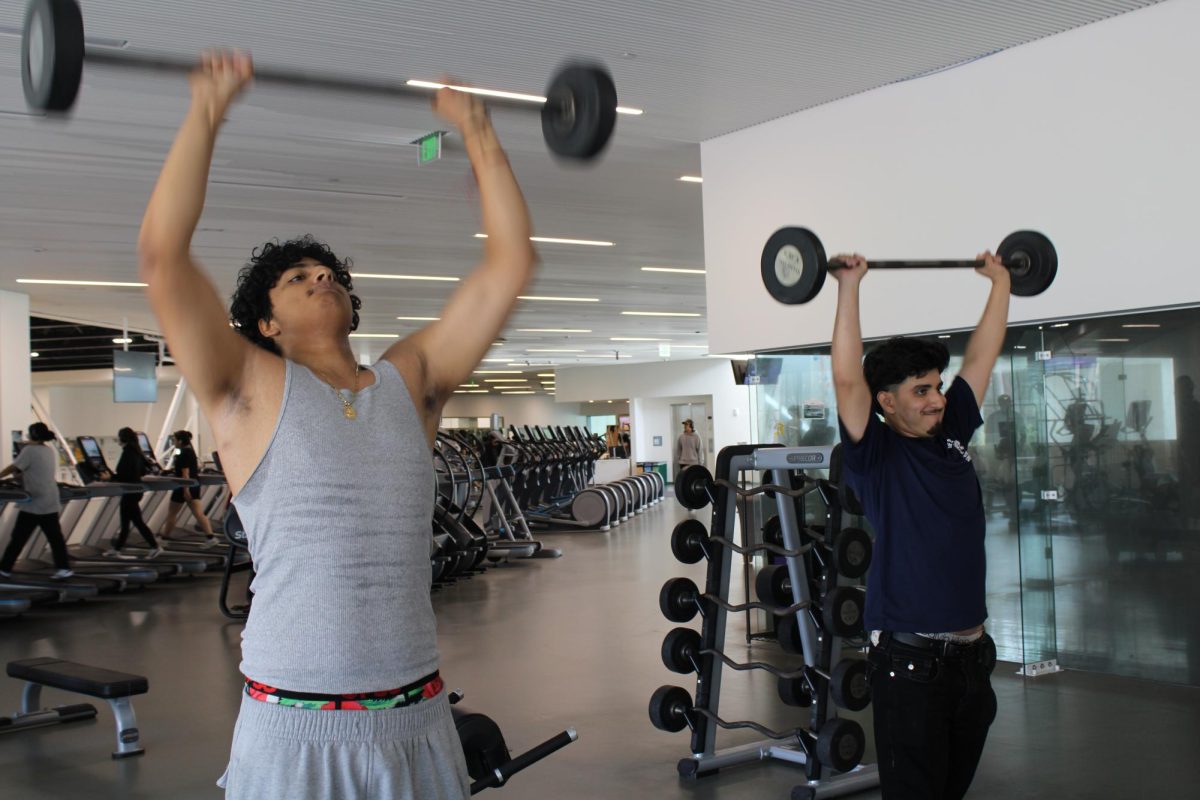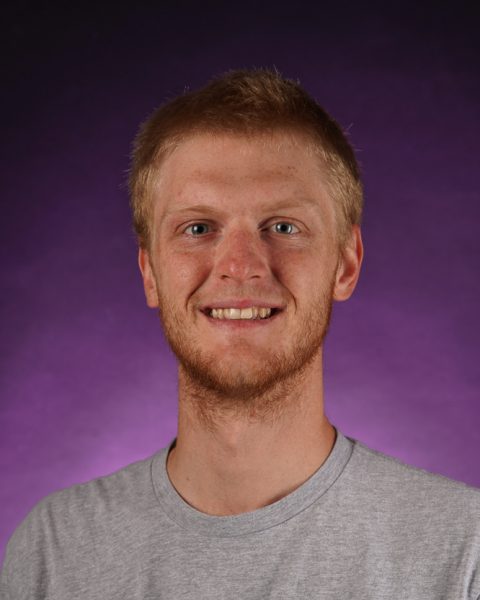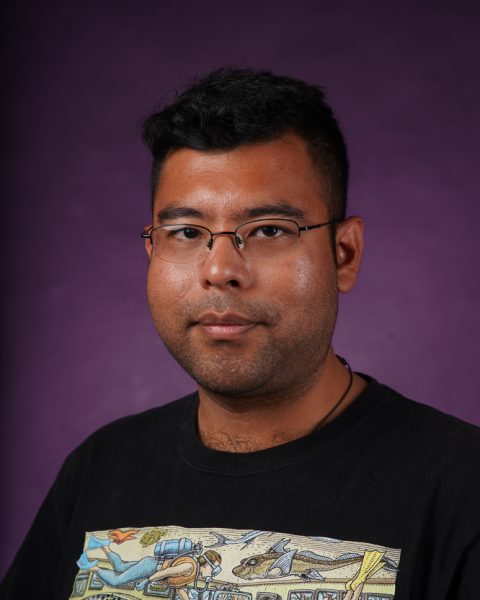Nestled away at the top of SF State’s campus, an unassuming building houses thousands of plants from across the world. Some are endangered species while others are completely unknown and uncategorized hybrids. The SF State Greenhouse and gardens provide students the opportunity to get their hands dirty and study thousands of varieties of plants and the conditions that make them prosper or fail.
Elliot Levin manages the 12-room greenhouse, three climate-controlled collection rooms and surrounding gardens at SF State. He, along with a small group of student volunteers, put in countless hours of work to keep the plants in and among the greenhouse healthy. By doing so, they foster a unique, hands-on approach to education, research and conservation of plants native to the Bay Area and others from around the world. Beyond the educational value of the greenhouse, Levin and his team have fostered a community of plant lovers.
Levin grew up across the bridge in San Rafael. He studied recreation, parks and tourism at SF State with an emphasis in outdoor education, graduating in 2018. Upon graduating, he landed his first job at the Golden Gate Park Nursery, where he said he got his foot in the door and learned about greenhouse management.
After two years at the nursery, a position at the SF State Greenhouse opened. Levin jumped at the opportunity and became manager of the greenhouse and surrounding gardens in 2020. The greenhouse is the main component of his work, but Levin also manages the two gardens surrounding the greenhouse: an outdoor collection of potted plants and a recently added patio garden. His day-to-day work is all-encompassing, requiring an array of skills.
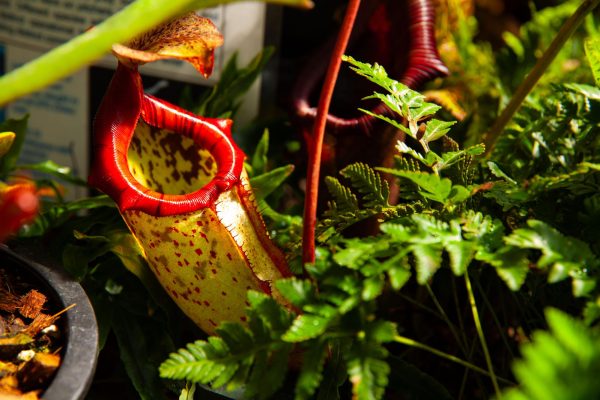
“It’s a landscaping job, collection management and curation with sensitive tropicals that can’t go more than two days without someone looking at them,” Levin said. “On top of being a production nursery and integrated pest management inventory specialist, you put on all these hats.”
Three out of the 12 rooms in the greenhouse are completely under Levin’s care. He cultivates, propagates and hybridizes an array of plants from across the world.
As you walk through the greenhouse with Levin, he can point out and name every unique feature of each individual plant. In the Thailand Tropics room, however, there is one plant without a name. It is unnamed because it’s a completely new hybrid created by Levin. The greenhouse is his own lab to experiment.
The rest of the rooms belong to tenure-track faculty and are essentially an extension of their lab space. Levin helps manage the rooms, but the vision and care of the plants belong to the professors and their students.
“I’m the only horticulturalist on staff for the biology department, so when they need advice on how to grow something, I’m here to help give them advice,” Levin said. “I don’t do their projects for them, but I help them figure it out.”
Jason Cantley is a tenured professor in the biology department who has been teaching at S.F. State since 2017. He is also the chair of the Greenhouse Committee and said he utilizes the space and plants in every class he teaches.
“I’m in there probably once a week with my students,” Cantley said. “They get to work with these plants, take pictures of them, pollinate different flowers and ask lots of questions about what’s going on and why things have evolved certain structures or features they are observing. It’s a really fundamental resource for me in the way that I teach my classes here.”
Cantley credits Levin for his unique approach to managing the greenhouse. Together, the two have been working to get the greenhouse recognized as an accredited arboretum. They hope that by doing this, they can work more closely with other arboretums and improve their conservation efforts.
“Elliot is really excellent,” Cantley said. “He has grown quite a lot in his role since he’s been at SF State. He has been given a lot of leeway into thematic construction and vision of what’s going on, and planted and how it’s managed in the greenhouse, but also in the outside gardens that are associated with it.”
In Cantley’s first quiz of the semester, he asked his students what had been the most beneficial to their learning early in the semester. He said the majority of the class answered that going to the greenhouse had been the best part.
Piper Collins, a junior at SF State, majoring in biology, is in Cantley’s class and reiterated this feeling.
“We can go and see the actual plant that he’s talking about,” Collins said. “There are really detailed pictures, but then it’s cool that we can go down and be like, ‘So this is what I was just talking about 20 minutes ago in the lecture. Here’s how it actually works.’”
Levin has thousands of plants to maintain, and he can’t do it alone. He has one paid intern and a very small cast of volunteers who help him manage his work load. These volunteers have the opportunity to pick his brain and learn as much as they can about his methods of plant management and cultivation.
Victoria Sigala is a junior at SF State majoring in botany. She says her mom was a gardener and inspired her love for plants, but she never felt comfortable doing the more difficult tasks such as propagation or germination.
Sigala is the only paid student intern who works at the greenhouse. She credits Levin for teaching her the skills it takes to manage a greenhouse and how to do them with confidence.
“We do plant propagations, like cuttings or seed germination, things like that,” Sigala said. “He’s very good at teaching the different methods of propagation. The way he does it is pretty unique because I know that a lot of people aren’t able to propagate all the different types of plants that he’s able to.”
George Brooder is a senior majoring in recreation, parks and tourism, with a minor in biology. He’s been volunteering at the greenhouse since his freshman year and credits his work there for changing his career aspirations.
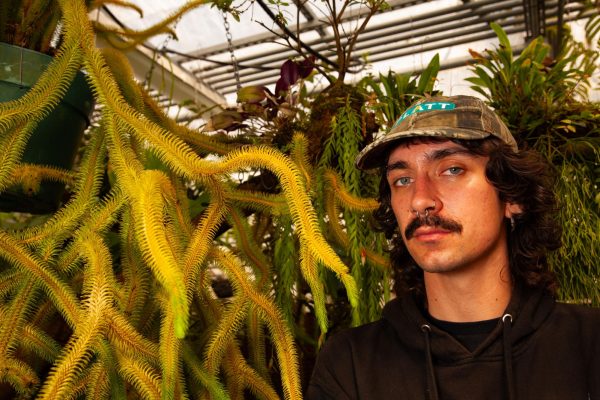
“I used to be a computer scientist, which is the exact opposite of my current major,” Brooder said. “I wasn’t really happy with that. I give the greenhouse credit for this; it showed me that I have a much greater interest in natural life than I do in computers. As much as I love computers, I definitely would love to find a career working outdoors, which I learned through the time I’ve spent volunteering in the greenhouse.”
Levin is hard at work expanding the role of the greenhouse. He trades plants with schools as close as the University of California, Davis, and as reputable as Princeton. If the greenhouse does become an accredited arboretum, he can expand his efforts. But the most important thing to him is serving the SF State community.
“The justification in my mind for why this place should still exist is that we’re at a state school,” Levin said. “We’re hosting plants that people may never be able to go see. It’s supposed to ideally be like a living library.”



